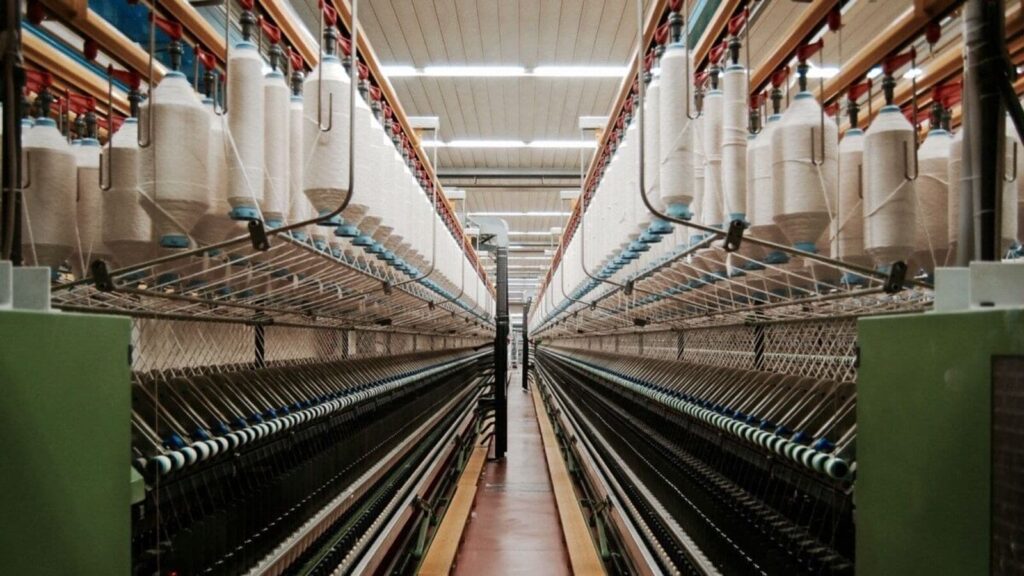PLI expansion on hold as government prioritises existing schemes amid disbursement challenges

While the government had earlier considered extending the production-linked incentives (PLI) framework to new sectors such as toys, drones, and furniture, the pause on fresh additions will allow it to stabilize and optimize the existing framework, the people cited above said, requesting anonymity.
The textiles ministry, which had planned to add more product lines such as t-shirts and innerwear under the scheme, has suspended the plan, one of the two people cited above said. Earlier, Mint reported that the PLI scheme for shipping containers has been paused, after NITI Aayog said building them locally may turn out be too costly.
While the government disbursed nearly ₹10,000 crore in FY24 under various PLI schemes, disbursements this year remain under ₹1,000 crore, according to data from the department for promotion of industry and internal trade under the commerce ministry. Most claims this year are from manufacturers of electronics products, textiles, automobiles and white goods.
Disbursements have slowed because many manufacturers were unable to meet the stiff production targets to access the incentives, one of the two people cited above said.
Also read | India’s PLI Auto scheme sees modest start with ₹500 crore claims in FY24, industry anticipates surge by FY26
“The ceilings are so high that many manufacturing companies are struggling to meet the stipulated benchmarks, resulting in delayed claims and dampened enthusiasm for expanding the initiative further in the short term,” the person cited above added.
Textiles companies making apparel out of manmade fiber must invest a minimum of ₹300 crore and achieve sales of at least ₹600 crore in FY25. The incentive range for this category is 11-15%. For technical textiles, the minimum investment is ₹100 crore, and sales target ₹200 crore, with 7-11% incentives. The scheme includes a two-year gestation period for investment before production begins in FY25. Companies must achieve incremental turnover of 25% over the previous year to continue receiving incentives.
For AC components, the minimum investment target is ₹150 crore for larger companies and ₹50 crore for smaller companies Y22. By the end of 2025-26, these targets increase to a cumulative ₹600 crore and ₹300 crore respectively. The sales target begins at ₹750 crore for larger companies and ₹250 crore for smaller companies in FY22, growing progressively to reach ₹2500 crore for larger companies and ₹1,125 crore for smaller companies by FY26. The incentives under the scheme range from 4% to 6% of the net incremental sales.
The PLI scheme, launched in 2021, aims to strengthen India’s manufacturing sector across 14 industries. By attracting investments, fostering efficiency and achieving economies of scale, the programme seeks to make Indian companies globally competitive and generate jobs, positioning India as a key player in global manufacturing.
Also read | Govt panel may approve ₹4,000 cr new PLI scheme for specialty steel next month
“Indian manufacturing industry requires continued and wider government support for a few more years. As the world looks at China plus one policy, Indian manufacturing must scale up fast to benefit from this opportunity” said Ravi Saxena, chief executive officer and founder of Wonderchef, a cookware and kitchen appliances making company.
“The component ecosystem needs to get developed. Without proper support genuine manufacturing growth won’t happen. Instead, India risks relying on imported components, particularly from China, and engaging in basic assembly, which won’t truly develop the sector,” Saxena added.
The scheme covers mobile phones, pharmaceuticals, medical devices, automobiles, speciality steel, telecom, electronics, white goods, food products, textiles, solar PV modules, advanced batteries and drones, focusing on boosting high-tech and strategic industries.
While the focus is to strengthen and support PLI schemes across existing sectors, the government may tweak some of the schemes to make them more attractive, the second person added.
“The idea is to aid the existing schemes to generate good investments, before including new sectors. Sectoral reviews are being carried out to figure out why investments in certain sectors have been low and measures that can be taken to address them,” the person added.
Also read | Budget 2024: Centre working on PLI scheme for manufacturing shipping-grade containers
A commerce ministry spokesperson didn’t respond to emailed queries.
As things stand, sectors like electronics, drugs & pharmaceuticals, automobiles, and white goods have seen steady investments, while others have faced a slowdown.
The government launched the PLI scheme in 2021 with an outlay of ₹1.97 trillion. The FY25 budget raise the annual allocation by 33% to ₹6,200 crore, prioritizing subsidies for high-performing sectors like electronics and pharmaceuticals.
So far, investments under the PLI scheme have surpassed ₹1.5 trillion, driving production worth ₹13 trillion and creating over 100,000 jobs, according to government data.
According to the rating agency Crisil, the PLI scheme is expected to drive industrial capex of ₹3-3.5 trillion over its duration, apart from constituting about 8-10% of total capex in key industrial sectors over the next three to four years.
So far, the process of claiming incentive payouts has encountered challenges such as delayed approval of invoices, the rating agency said in a report in February.
“Sectors with a higher incentive-to-sales ratio and relatively straightforward rules for payouts, such as mobile handsets, may receive the majority of payouts by fiscal 2028 (FY28),” it added.
And read | FAME slows down, auto PLI in fast lane








